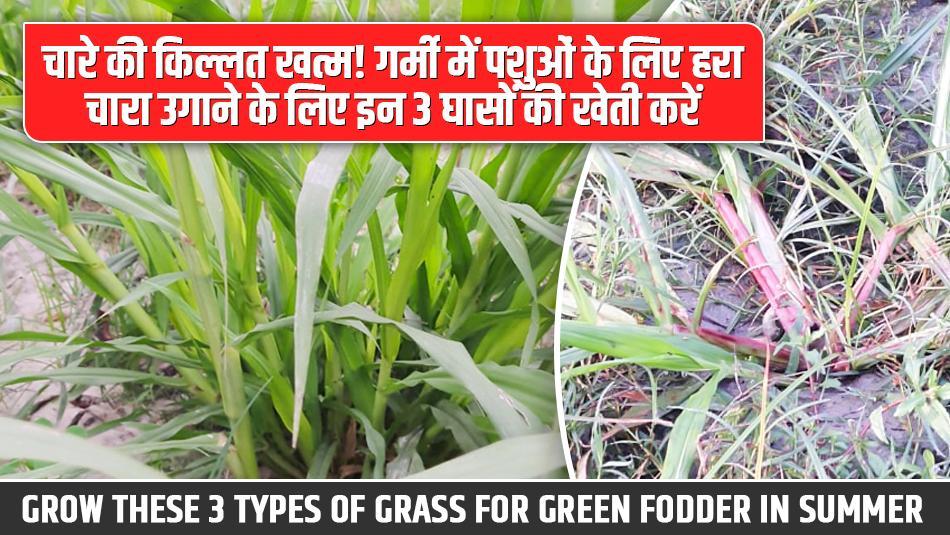
For sugarcane farmers, the month of April is a critical period of vigilance due to the rapid spread of a destructive pest called Pyrilla. This pest sucks sap from the sugarcane leaves, severely affecting both the yield and quality of the crop. Early detection and timely control measures are essential—otherwise, farmers could face significant losses.
In major sugarcane-producing states like Uttar Pradesh, Haryana, Punjab, and Bihar, the Pyrilla pest has become a serious concern. Experts say this pest is typically active from April to October, with peak infestations seen from August to October. According to Rajeev Tyagi, Cane Development Manager at Modi Sugar Mill, Modinagar, the infestation usually begins in April-May.
Rajeev Tyagi explains that young nymphs of the Pyrilla pest suck sap from the leaves, causing yellowing and weakening of the plant. This can reduce sugarcane yield by 28–50%, while sucrose content drops by 2–34% and purity by 3–26%.
Pyrilla can be identified by its brown-colored body and a beak-like structure at the head. Its nymphs have two tail-like projections, and its presence leads to sticky secretions and black fungal growth on leaves.
The pest usually first appears in April, and early intervention can save the crop:
Organic Control Measures:
Natural enemies can effectively control Pyrilla:
Chemical Control – When Organic Methods Are Not Enough:
If organic methods fail, the following insecticides can be used:
Dilute the chemicals in 625 litres of water per hectare and spray using proper protective gear. Always follow recommended dosages and safety instructions.
Timely Control Can Save Yield and Quality: Pyrilla is a highly destructive pest for sugarcane crops. However, with timely use of organic and chemical measures, its spread can be controlled effectively. This not only protects the crop's quality and yield, but also safeguards farmers from financial loss.